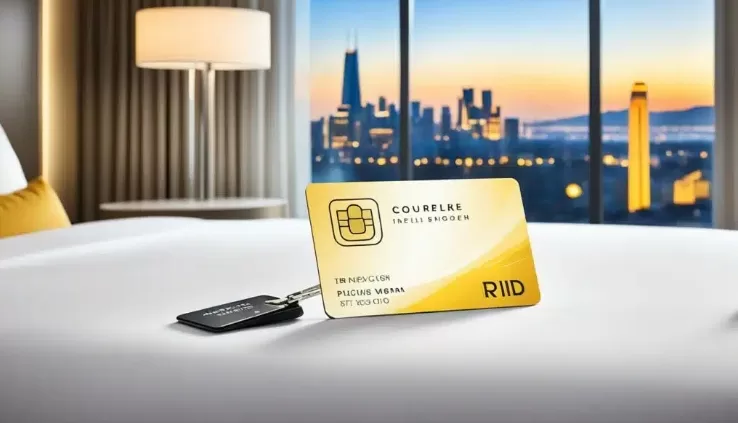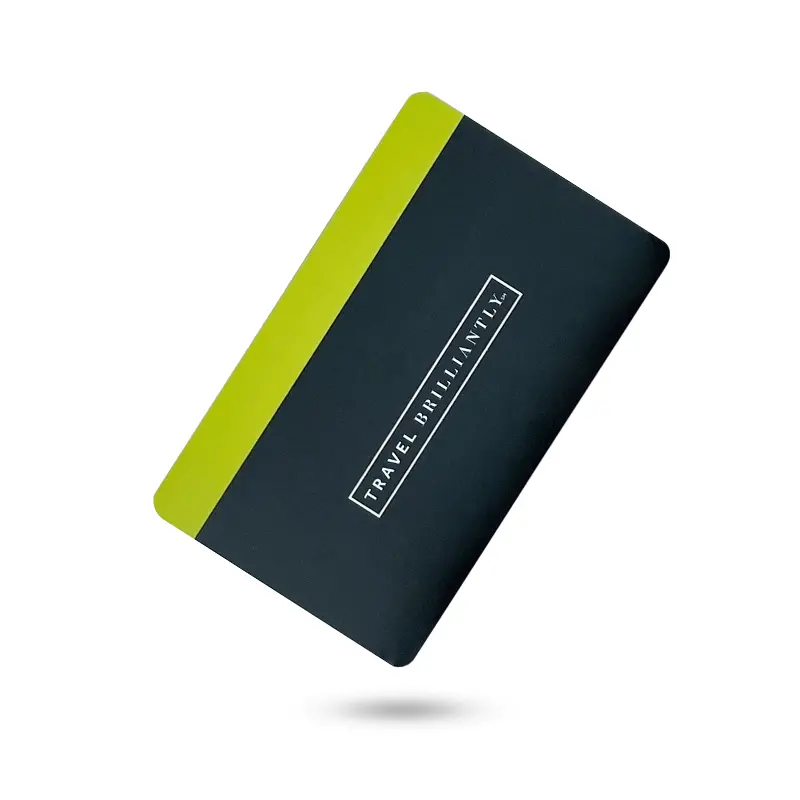
RFID card frequencies and their practical applications
RFID cards are indispensable tools in the fields of access control, payment, and identity recognition, but many users still have a limited understanding of their frequency bands and functions. The RFID card is divided into three frequency bands: low frequency (LF), high frequency (HF) and ultra-high frequency (UHF). Different frequency bands affect the distance and speed of data transmission, as well as compatibility with card readers and environmental applicability.
| Type | Frequency | Characteristics and application scenarios |
| LF (Low Frequency) | 125 KHz | Strong resistance to metal interference, short reading range (2–10 cm); commonly used in access control systems, animal identification, and attendance tracking. |
| HF (High Frequency) | 13.56 MHz | Most versatile; supports ISO14443/15693 protocols and NFC; used in transit cards, campus cards, and membership cards. |
| UHF (Ultra High Frequency) | 860–960 MHz | Long reading distance (up to 10+ meters), supports bulk reading, fast identification; ideal for warehouse management, logistics tracking, and vehicle access systems. |
Features and Use Cases of Low-Frequency
Low-frequency RFID cards operate at a frequency of about 125 kHz. They have a shorter read range, typically 2 to 10 cm. Their strong signals can penetrate metal and liquids, and they work even in places with substantial signal interference. At the same time, low-frequency cards are also widely used in industrial access control systems and animal tracking, such as pet chips.
Additionally, low-frequency RFID cards are less expensive than other types of cards; however, they are less secure. However, for simple identification and tracking, low-frequency cards remain a reliable and affordable choice.
Features and Use Cases of High-Frequency
High-frequency RFID cards operate at a frequency of 13.56 MHz, which strikes a balance between read range and speed. They typically have a read range of up to one meter and a wide range of applications. At the same time, they comply with standards such as ISO 14443 and ISO 15693, offering strong compatibility.
A significant advantage of high-frequency cards is their NFC compatibility, which enables them to be used with smartphones to support mobile payments, digital ticketing, and interactive marketing. It is very suitable for use in enterprise access control, public transportation and libraries. High-frequency cards also offer robust security features, including encryption and authentication, making them ideal for applications that require secure data handling and transmission. Its moderate reading range and speed bring a smooth user experience.

Features and use cases of UHF
UHF RFID cards operate in the frequency range of 860-960 MHz. They have a long reading range, sometimes exceeding 10 meters. UHF cards can scan multiple tags, making them ideal for batch inventory and logistics applications.
Fast multi-tag reading capabilities speed up warehouse inventory and supply tracking. Many large retailers and manufacturers rely on UHF cards to enhance their operational efficiency. However, UHF cards may experience issues in metal and liquid environments, and the use scenarios must be planned appropriately.
Environmental Impact on RFID Card Performance
The environment plays a significant role in the effectiveness of RFID cards. Metals and liquids often disrupt signals, especially for HF and UHF cards. LF cards handle metals better due to a lower frequency. UHF cards require careful placement or special designs to avoid issues.
Temperature and humidity can also affect card durability and reading. Extreme conditions may degrade components or cause errors. Manufacturers utilize protective materials and coatings to enhance resilience.
Regulations differ by region, affecting usable frequencies. International businesses should check compliance to prevent problems. Considering the environment and rules helps pick RFID cards that perform reliably.

Security Considerations in RFID Card Usage
Security is critical for RFID applications. Frequencies vary in protection levels. LF cards typically lack encryption, which can lead to cloning or unauthorized use. Thus, they suit low-risk settings.HF cards support advanced security features, such as encryption and mutual authentication. This protects sensitive data in payments or access control. HF cards are preferred when firm security is a priority.
UHF cards have improved security but still lag behind HF. Their long-range complicates secure transmission. Supplementary backend security helps mitigate risks. Assessing security needs is essential when choosing frequencies.
Choosing the Right RFID Card Frequency for Your Business
Choosing an RFID frequency depends on your needs. Consider read range, environment, security, and budget. LF fits short-range, interference-heavy, low-security uses. HF offers versatile, secure, mid-range solutions. UHF excels in long-range, high-speed, large-scale scanning. Check compatibility with existing hardware and software. Multi-frequency readers ease integration. Consulting experts optimize frequency choice and deployment.
Proper selection boosts efficiency and user satisfaction. Wrong choices can cause costly downtime and failures; informed decisions based on frequency knowledge save money and headaches.

RFID cards will be applied to more emerging fields
RFID tech evolves fast. New standards and chip upgrades expand functionality. HF cards are increasingly combining NFC for mobile use. UHF cards improve interference resistance and security.
Emerging fields such as the Internet of Things (IoT), smart cities, and contactless IDs require flexible and scalable RFID cards. Manufacturers innovate to meet these needs with more robust and innovative products.
Staying up-to-date on technology trends offers a competitive advantage. Understanding RFID frequencies remains vital amid constant innovation.
Understanding RFID card frequencies is crucial for practical applications
Low-frequency (LF) is suitable for rugged, short-range tasks. High-frequency (HF) provides versatile, secure, and easy-to-operate options for mobile phones. Ultra-high frequency (UHF) supports long-range, fast, and large-scale operations. Choosing the right RFID card can optimize investment and enhance user experience with reliability, security, and efficiency.


